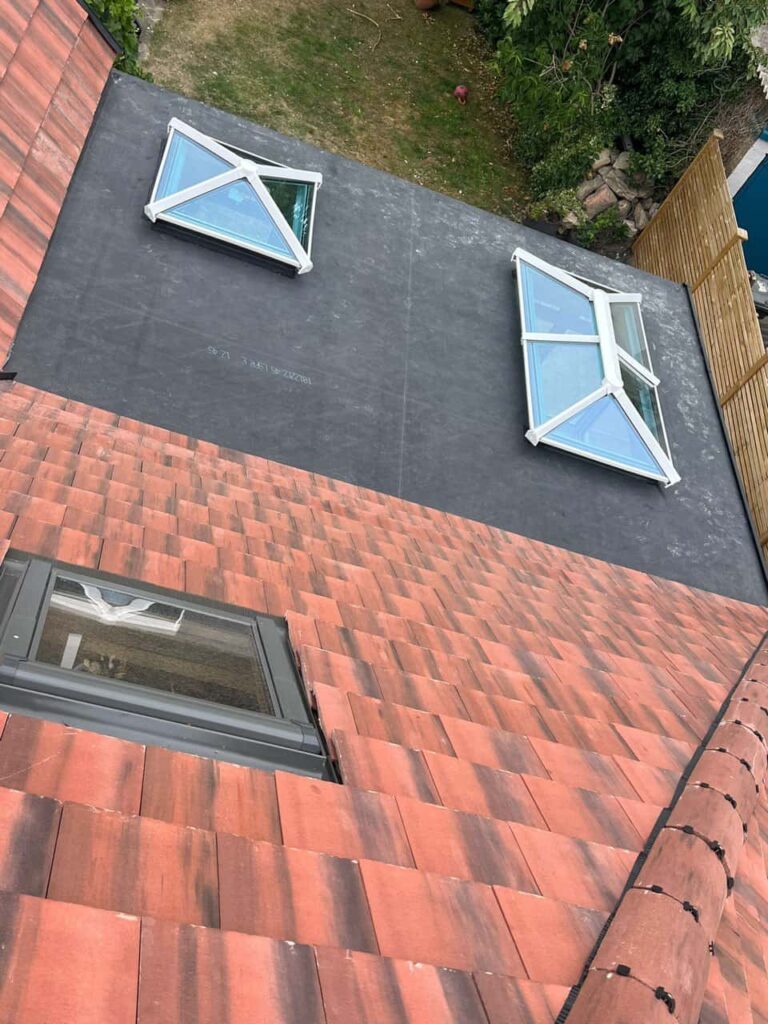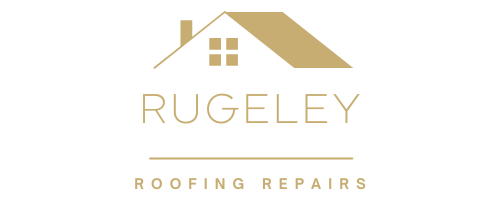A gable roof is a popular choice for many homes due to its classic aesthetic and effective water drainage system. However, like all roofs, gable roofs are susceptible to wear and tear over time. The key to preventing significant damage and costly repairs is early detection. Identifying weak spots before they develop into leaks can save you both time and money. In this article, we will discuss how to spot potential problem areas in your gable roof and take proactive steps to ensure its longevity.
1. Check for Missing or Damaged Shingles
One of the most common signs of wear on a gable roof is missing, cracked, or damaged shingles. Shingles are the first line of defence against the elements, and if they are compromised, water can easily seep beneath them, leading to leaks. Regularly inspect your roof for any shingles that appear to be lifting, cracked, or missing entirely.
- Tip: Look for granule loss from the shingles. Granules are what give shingles their colour and texture. If they are missing, it’s a sign that the shingles are deteriorating and may need replacing.
2. Inspect the Roof Valleys
The valleys of your gable roof are areas where two roof planes meet. They are crucial for directing water away from the structure, making them a high-risk area for leaks. Over time, debris such as leaves, moss, or twigs can accumulate in these valleys, preventing water from flowing freely and causing water to back up, potentially leading to leaks.
- Tip: Clear debris from the valleys regularly and check for signs of wear or rust on metal flashing. If the flashing becomes loose or damaged, it can leave the roof vulnerable to leaks.
3. Examine the Roof Flashing
Roof flashing is a thin layer of material, typically metal, installed around chimneys, vents, and other roof penetrations. Over time, flashing can deteriorate or become loose, allowing water to seep in. If you notice rust, holes, or gaps in the flashing, this is a clear indication that it may no longer be doing its job properly.
- Tip: Pay close attention to the areas around chimneys and vents, as these are common trouble spots for roof leaks. If the flashing is not sealed correctly, water can easily find its way in.
4. Look for Sagging Areas or Uneven Roofline
A sagging roofline or visible dips in the roof are serious signs that something is wrong. This could be the result of structural issues, such as rotting rafters, water damage, or weakening supports. These issues need to be addressed immediately, as they can lead to further structural damage or a potential roof collapse.
- Tip: Examine your roof from the attic or loft space. If you notice any sagging or uneven sections, it may indicate weakened support beams or moisture damage.
5. Inspect the Gutters for Granules and Debris
Your gutters can tell you a lot about the condition of your roof. If you notice an excessive amount of granules in the gutters, it’s a sign that your shingles are deteriorating. Additionally, gutters filled with leaves or other debris can cause water to pool and overflow, leading to water damage on the roof or fascia.
- Tip: Clean your gutters regularly and check for signs of clogging or wear. Clogged gutters prevent proper drainage and can exacerbate roof damage over time.
6. Check for Moss, Algae, or Lichen Growth
Moss, algae, and lichen growth on your roof can indicate trapped moisture, which may lead to rot and decay. These growths can lift shingles, creating gaps where water can enter. While moss is generally not a significant problem on its own, it can cause more serious issues if left unchecked.
- Tip: If you notice moss or algae growth, consider using a specialised roof cleaner or hiring a professional to remove it. Ensuring that your roof remains clean and dry is key to preventing future leaks.
Conclusion
Regular inspection and maintenance of your gable roof can help identify weak spots before they turn into expensive problems. By checking for damaged shingles, inspecting roof valleys and flashing, addressing sagging areas, cleaning gutters, and removing moss, you can extend the lifespan of your roof and prevent leaks. If you spot any issues during your inspections, it’s crucial to act promptly by calling a professional roofing service to prevent further damage.
At Rugeley Roofing Repairs, we are here to help you maintain the integrity of your roof. If you notice any of the warning signs mentioned above or simply want a professional inspection, don’t hesitate to contact us. Our team is experienced in all aspects of roof repairs and can offer timely, effective solutions to protect your home. Get in touch with us today to book your roofing inspection or repair.
Call us on: 01889 227 295
Click here to find out more about Rugeley Roofing Repairs
Click here to complete our contact form and see how we can help with your roofing needs

